The World Meeting of Families (WMOF) Congress is a tri-annual international gathering where families are invited by the Pope to share experiences, dialogue, and prayers and grow as family units. When the WMOF decided to host its eighth international Congress at Philadelphia’s Pennsylvania Convention Center, the organization knew it would require communication on a global scale. The event’s mission of love – “the family fully alive” – would need to reach international guests and diverse American communities, and the language mix would vary as registration continued.
Early on, WMOF staff knew they would have keynote speakers’ addresses simultaneously interpreted into Spanish, Italian, French, Vietnamese, and American Sign Language to support the more than 15,000 attendees. But what about the printed materials that supplement the Congress all week long? WMOF turned to Language Services Associates (LSA) for professional translation support to ensure accurate and clear communication with the families, clergy, government officials, media, and corporations attending.
After working closely with WMOF communication staff to translate a number of press releases in preparation for the event, WMOF also engaged LSA for the translation of its brochure, to be distributed on site. LSA Translations Manager and Project Manager for WMOF, Colleen Biggs shared more details on the organization’s extensive translation needs.
What did this project entail?
LSA translated press releases, marketing collateral, and a program brochure into five languages: Spanish, Brazilian Portuguese, Italian, French, and Vietnamese.
Can you take us step by step through this project from start to finish?
LSA had translated some press releases in the spring of 2014. WMOF contacted LSA in 2015 to participate in a bid for translation work relating to the Pope’s visit in September. We submitted a proposal and won the bid. The work consisted of more press releases, marketing collateral, and a program brochure. The client (WMOF) submitted documents for translation and monitored progress via LSA’s online platform INTERPRETRAC®. Linguists used their own tools to manage translation assets (Translation Memories, glossaries, etc.) To date, we have translated about 35 different projects, totaling 80,000 source words, in a combination of languages.
How did LSA select linguists to work on this project?
LSA used trusted linguists that we have had a relationship with for many years. These linguists work very quickly and diligently and pay very close attention to detail. LSA also worked with a very talented design team that provided the layout for the program brochure in record time.
What challenges did you face when working on this project? How did your team come up with solutions to meet those challenges?
The biggest challenge was meeting aggressive deadlines, which we did by putting in extra hours and being very careful to completely understand the scope of the work and the expectations beforehand. We also put a wonderful, dedicated team in place to handle the volume.
What was the initial feedback received from WMOF?
They were very pleased with our work.
What is the current status of this project?
It is almost complete, but there are still projects coming in. There are less than two weeks left until the event, so we expect to continue working with WMOF until that time.
Interested in learning more about how LSA can help with your translation needs? Contact us today!





















